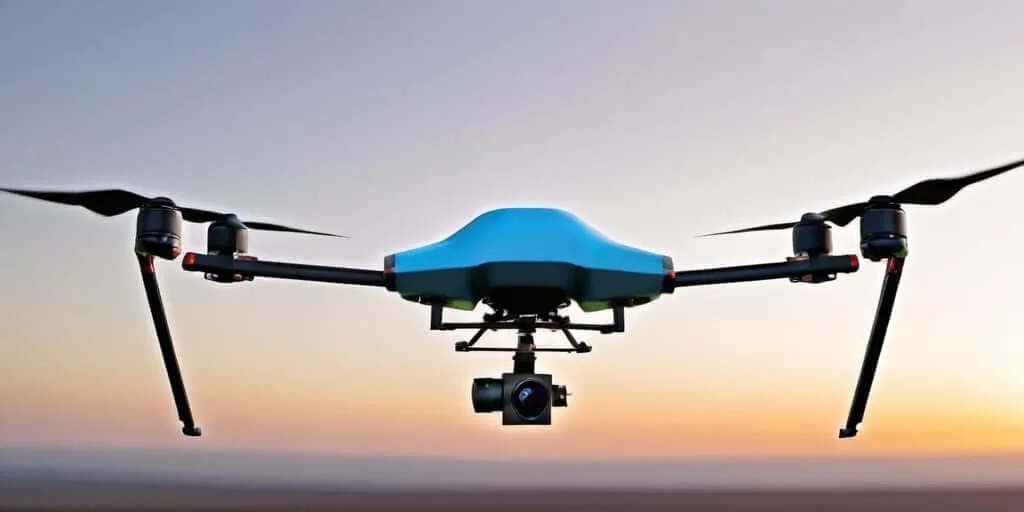Drones, or unmanned aerial vehicles (UAVs), have become an integral part of our lives with rapidly advancing technology. Used across a wide range of applications from recreational to commercial and military, drones are expected to become even more ubiquitous and diversified in the future. In this article, a broad spectrum of topics related to drones will be explored, including their technical specifications, applications, and potential impacts in the future.
Technical Specifications of Drones
Drones are typically equipped with a variety of different components:
- Flight Control System: The fundamental system controlling the drone’s movements. It utilizes GPS, gyroscopes, accelerometers, and other sensors.
- Power System: Electric motors typically provide propulsion for drones. Batteries serve as the primary source of power for these motors.
- Communication System: Facilitates communication between the pilot or operator and the drone. This is often done through a remote control or smartphone application.
- Visual and Sensor Systems: Cameras, thermal cameras, LIDAR, radar, and other sensors allow drones to perceive their surroundings and collect data.
Applications of Drones
- Photography and Videography: Drones have become a popular tool for capturing stunning aerial landscapes and videos.
- Agriculture and Crop Monitoring: The agriculture industry is increasingly adopting drones to monitor fields, assess crop health, and improve productivity.
- Construction and Engineering: The use of drones for tasks such as construction project monitoring, land mapping, and structural inspections is growing.
- Logistics and Delivery: Commercial drones are being utilized for tasks like package delivery and material transport.
- Security and Surveillance: Drones are used for tasks such as border patrol, assisting in rescue operations, monitoring wildfires, and combating crime.
- Education and Research: Schools and research institutions use drones for educational purposes and to collect data in various research fields.
The Future of Drones and Potential Impacts
The potential future of drones is vast and could have the following impacts:
- Social Impacts: Drones could contribute to the workforce, create new job opportunities, and transform transportation and delivery processes.
- Environmental Impacts: Drones may be more environmentally friendly compared to traditional flight methods and could provide rapid and effective response in events like natural disasters.
- Privacy and Security: The proliferation of drones may raise concerns about privacy and security, necessitating regulatory measures.
The future of drones looks promising, and with technological advancements, their development and diversification are expected to continue. However, careful management and regulation will be necessary as these developments unfold.
